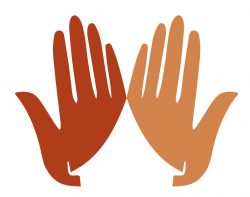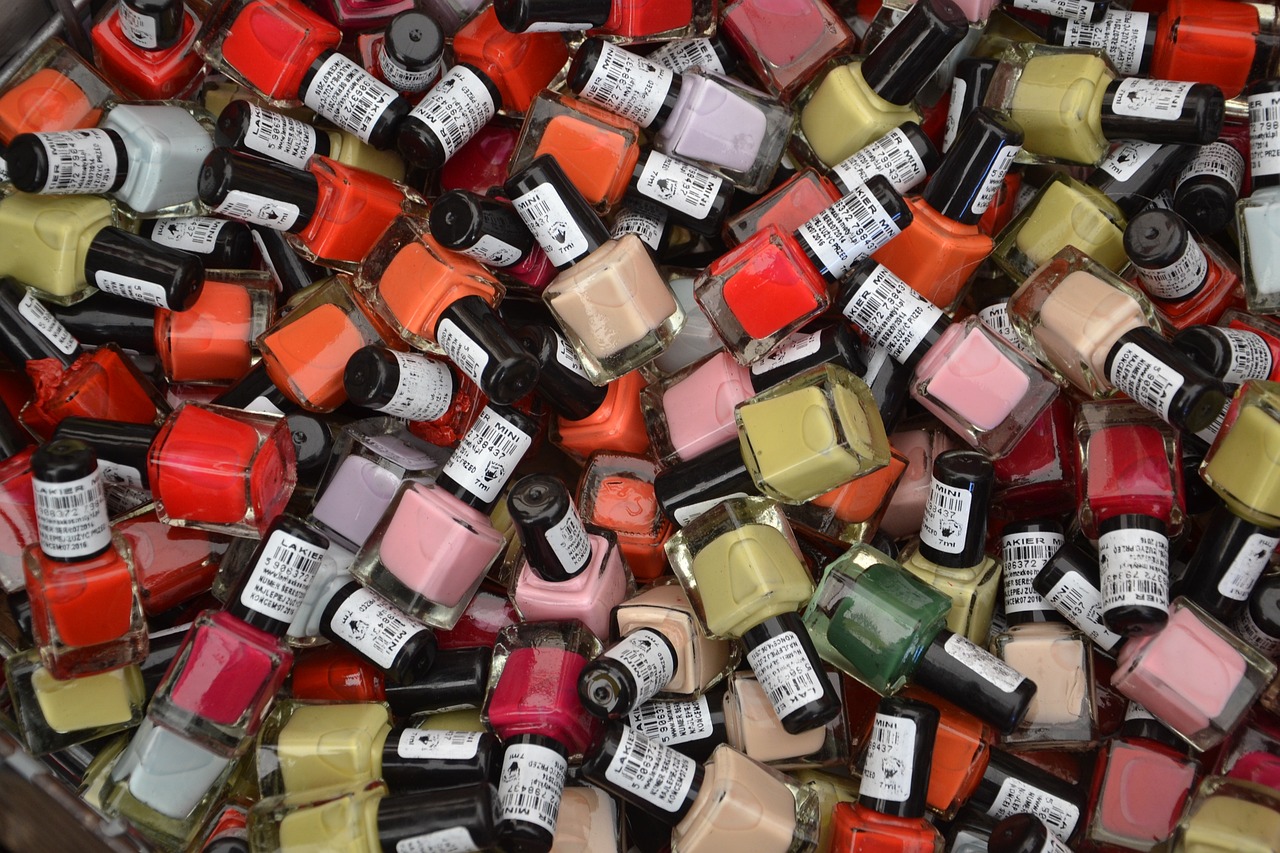Firstly, the risk of developing an allergy to a nail product is still very low. Here at The Sangha House, very few clients indeed present with allergies, so these treatments, when administered properly, are still safe. Here are our guidelines for both salon treatments and at-home kits:
Salons
Make sure your nail technician is qualified to a minimum standard of NVQ level 2 in manicure and pedicure, preferably holding a qualification to use the range of products that they will be using on you. For a real specialist, ask for their level 3 Anatomy and Physiology – this is the equivalent to an A-level in biology.
Ask them if their product range is registered in the EU. This means that the highest standards of testing will have been applied to each of the products and equipment to ensure the risk is as minimal as possible.
Ensure that the lamp they are using is from the same brand as the gel polish, base coat and top coat. These ranges are designed specifically to work together so that the lamp will fully cure the product all the way through, and not leave any uncured layer.
If you are concerned about the product, do ask your technician if the range they use is “HEMA-free”. Most professional ranges these days do not use this product, which is the leading cause of allergies. It is still safe in certain concentrations, but if you are concerned, always check before you book your service – a professional technician would hate to have to turn you away, and would fully understand your concerns. For added safety, ask for a “hypo-allergenic” product. Alternatively, we still offer traditional nail polish, which does not involve these issues.
If your technician cannot give you a proper answer to any of these questions, or worse still, does not appear to understand what you said, this is a huge red flag, and you would be fully justified in not taking up the appointment.
At-Home Kits
Basically the same as the salon advice:
Make sure you are using the whole range from the same company – lamp, base coat, gel colour and top coat. It is incredibly tempting to choose from a mixture of brands when you see all the beautiful colours, but choose the one with the widest range, giving you the most choice all from the same manufacturer.
Please make sure that the brand you choose is registered in the EU. This is easily done by looking for the CE mark on the packaging, and guarantees the highest standard of testing for safety.
Cheaper is not better. With the cost of living getting higher, it is very tempting to go onto an auction site and buy an unregulated product, but this is where most of the risks seem to be coming from. There is no way to check what is going into that beautiful sparkly pink polish, and it just isn’t worth risking your health for a couple of weeks of pretty nails.
What Do I Do If I Think I Have An Allergy?
First of all, do not panic. Go back to the salon you had your nails done at and ask for them to remove them, or use the remover to take off a home applied set.
Then – use plenty of cuticle oil morning and evening to nourish the nails. Cut them down as short as possible to eliminate any damaged nail.
Your GP can arrange referral to a dermatologist to carry out a patch test for sensitivity – this is the only really reliable way to confirm what has been going on. From there, follow their guidance.
To finish up with, though – please remember that professional, qualified nail technicians using genuine products are your very best destination for beautiful, safe nails, but if you follow our guidance in this article, the risk of anything untoward happening is extremely low.
Catch the BBC Somerset which aired on matt Faulkners afternoon show. Denise discusses the challenge faced by consumerss and the nail industry.

